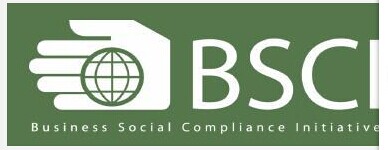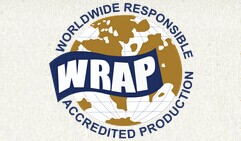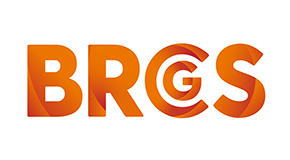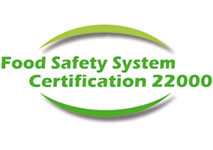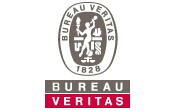The current position: Home > Extension >
Oko-Tex Standard 100(Time:2010-03-23 17:26:00)
The Oeko-Tex® Standard 100 is a globally uniform testing and certification system for textile raw materials, intermediate and end products at all stages of production.
The tests for harmful substances comprise substances which are prohibited or regulated by law, chemicals which are known to be harmful to health, and parameters which are included as a precautionary measure to safeguard health.
A tested textile product is allocated to one of the four Oeko-Tex ®product based on its intended use. The more intensively a product comes into contact with the skin, the stricter the human ecological requirements it must fulfil.
Manufacturers are entitled to mark successfully tested products or article groups with the Oeko-Tex ®product and to advertise in other forms as long as it has been proven within the extensive laboratory tests that all components, including accessories, comply with the specified test criteria without exception. A certificate which is issued applies for one year and can be renewed as often as required.
Advantages
Certification according to Oeko-Tex® Standard 100 offers companies in the textile and clothing industry who wish to offer their customers products which are safe to their health a range of advantages:
-
The modular principle of the standard ensures that textile products at all stages of the processing chain can be tested and certified. By using certificates for the preliminary sector, duplicate tests can be avoided.
Responsibility for the human ecological quality of the products always remains with the party who has made qualitative or chemical changes to the product in the manufacturing process. This means tha manufactuers of ready-made clothing , as the final link in the production chain, are also able to have their collections certified at a manageable cost. - The Oeko-Tex® criteria catalogue which is uniform throughout the world, offers a standardised requirements profile for terms of purchase and delivery which simplifies and accelerates the flow of information.
This added transparency provides significantly improved product security and time savings, in particular for companies with extremely short production cycles and complex internal quality assurance systems.


